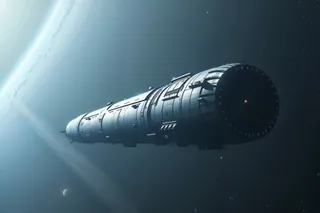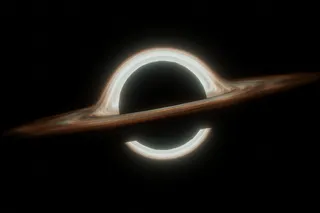Yesterday, NASA announced its solution for the potentially dangerous vibrations that have plagued the rocket that is expected to boost NASA's next generation spacecraft, the Orion, to the moon and maybe beyond. The Ares I rocket is part of the Constellation program that calls for a replacement for the space shuttle to be ready by 2015, and a manned mission to the moon by 2020. The fix involves two devices that will act like giant springs, which NASA engineers say will act like the shock absorbers on a car:
The high-tech absorbers should limit the violent shaking, called “thrust oscillation,” down to a level that NASA officials compared to driving over the rumble strips of a highway [Orlando Sentinel].
The first spring will sit between the first-stage solid fuel rocket booster and the second-stage liquid fuel booster. The second device
will consist of a ring of 16 cylinders containing 100-pound ...













